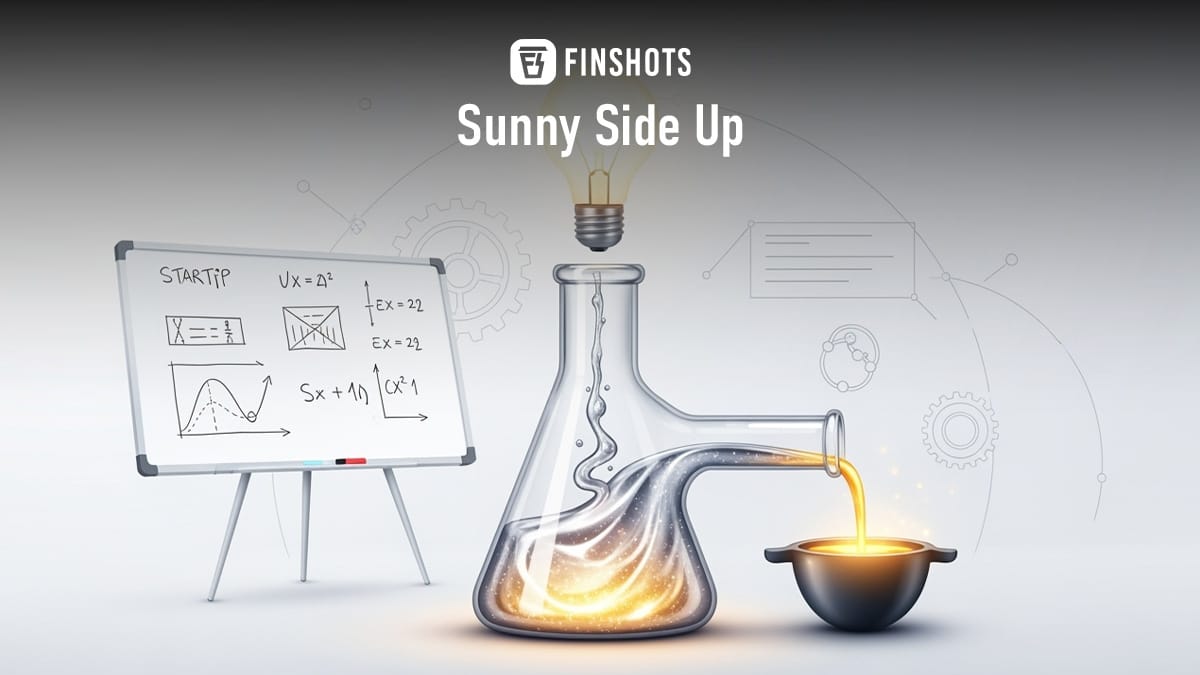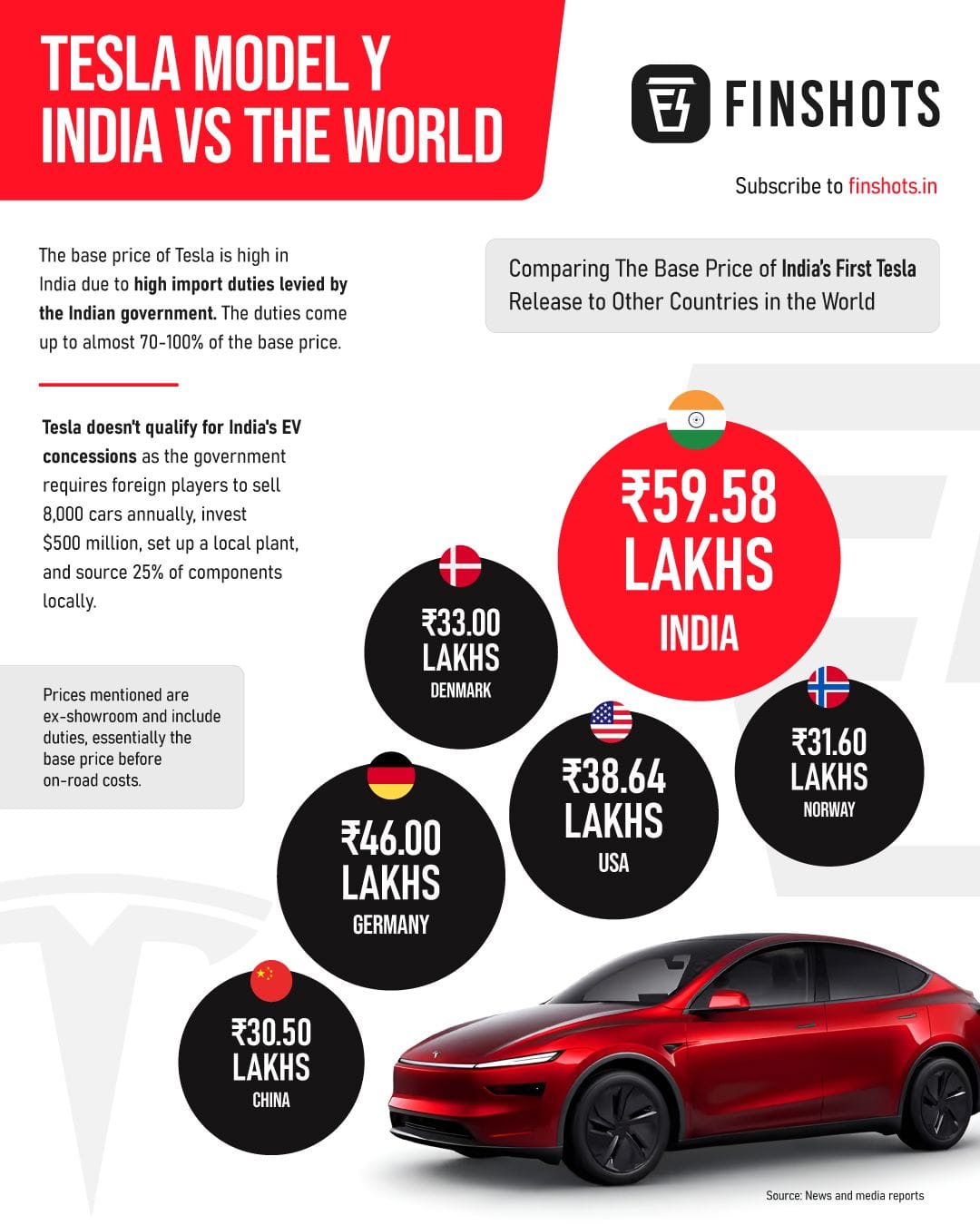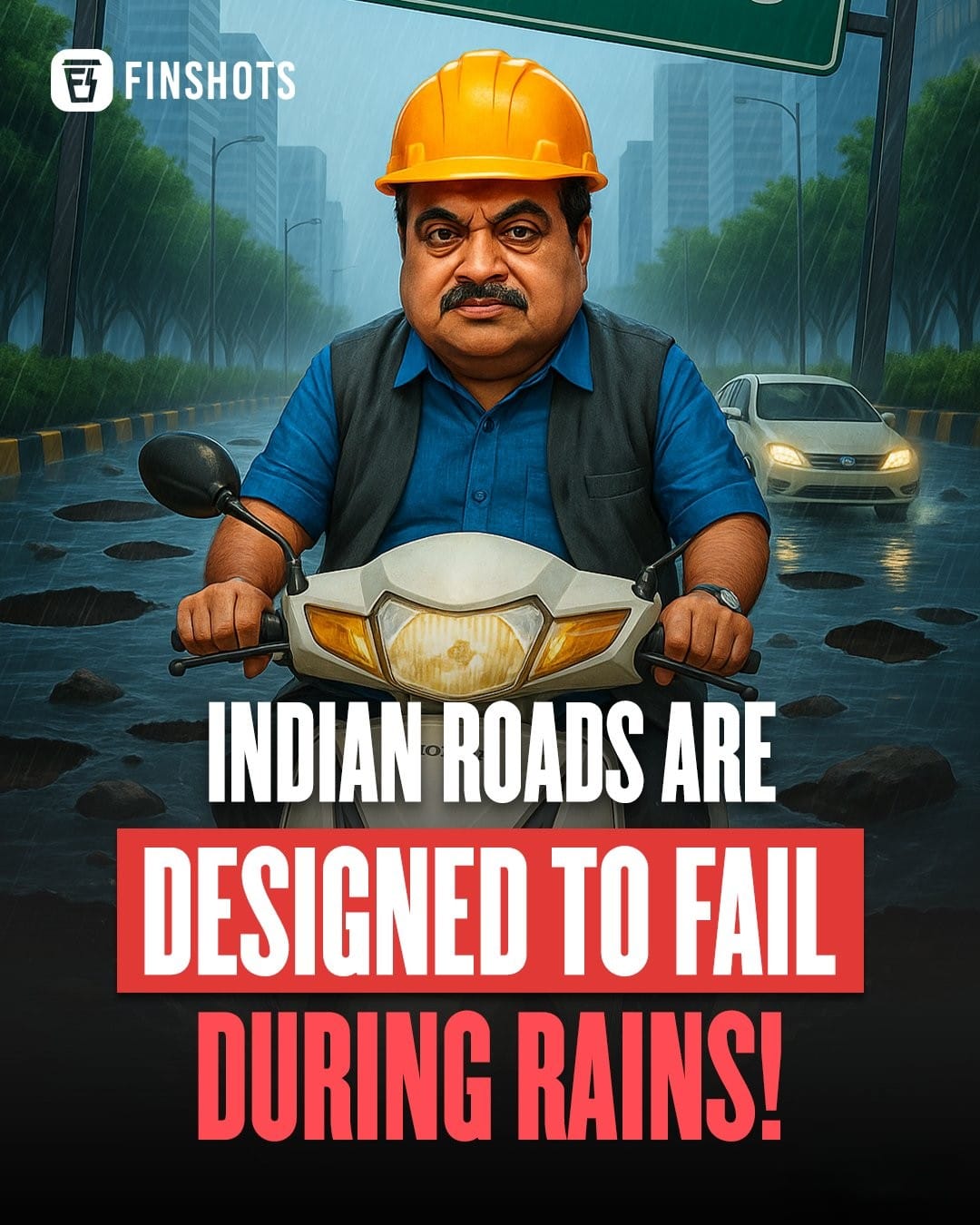🍳Gold from mercury, Bitcoin beach and more...

Hey folks!
If you thought crypto was dead, you probably haven’t been to El Zonte. It’s a sleepy surf town in El Salvador where Bitcoin isn’t just alive, but thriving.
Welcome to Bitcoin Beach, as it’s now fondly known.
It all started in 2019 when a mysterious donor sent over some Bitcoin to a local NGO. And instead of cashing out, a couple of folks had a wild idea. What if an entire town could run on crypto? So they started paying teenagers in Bitcoin to clean beaches and plant trees. When the pandemic hit and jobs vanished, the experiment became a lifeline. And over time, something clicked: Bitcoin became money.
The project got so much traction that in 2021, President Nayib Bukele turned Bitcoin into legal tender nationwide. Suddenly, Bitcoin wasn’t just for the beach. It was for banks, buses, and even taxes. Sure, the government backtracked this year after some IMF drama. But in El Zonte? No one really noticed and Bitcoin never left.
You’ll still see “Bitcoin Accepted Here” stickers everywhere. And all of this says how money shapes identity. In a country once defined by instability and cash-based living, crypto gave locals their first experience of digital money. It’s also about soft power. El Zonte, a dot on the map, now punches way above its weight. It attracts crypto tourists, influencers, educators, even venture capitalists sniffing around for the next Bitcoin Beach.
So yeah, it’s part social experiment, part economic revolution, part branding masterstroke. And it’s worked. Who knew that in a country once plagued by violence and economic despair, a surf town with patchy Wi-Fi would become one of the world’s most successful testbeds for digital money?
Of course, this model won’t copy-paste everywhere. El Zonte had a perfect storm: no local currency, a high unbanked population, and a government willing (briefly) to go all-in. But it does raise a bigger question: when we talk about the future of money, are we too obsessed with regulation? Maybe the real revolution looks like a beach shack that accepts Bitcoin and a town that rebranded itself not with a new logo, but with a new system of trust.
And while the rest of the world debates CBDCs and regulations, El Zonte quietly reminds us of the weird but hopeful promise crypto once held: not just decentralised finance, but decentralised opportunity.
So if your Bitcoin has been sitting idle in a cold wallet, maybe it’s time to warm it up... on a tropical beach.
And if you wish to know more about crypto check out our Finshots Cracks Crypto series by clicking here.
Here’s a soundtrack to put you in the mood 🎵
Ishq by Donn Bhat
What caught our eye this week 👀
Mercury = Gold?
Back in the day, alchemists spent lifetimes trying to turn lead into gold. Most failed, some got famous, and the rest? Probably just got mercury poisoning.
But now, a modern-day startup called Marathon Fusion says it’s cracked the code. Using a fusion reactor (the same tech scientists hope will power our homes one day), they claim they’ve turned mercury into actual gold.
Here’s the science in a nutshell. They start with mercury-198, zap it with high-energy neutrons from a fusion reaction and knock off a neutron to get mercury-197. Why? mercury-197 is unstable. And boom, it decays into gold-197. Not metaphorical gold. Real, shiny, elemental gold.
Sure, scientists have pulled off similar feats before, but only in labs, in trace amounts. What’s different now is scale. Marathon Fusion says one fusion plant could churn out up to 5 tonnes of gold a year. That’s over ₹3,000 crore worth of bullion!!!
But the gold created is radioactive, and needs about 17 years of storage before it’s safe. And fusion itself is still a theory-in-progress for practical energy generation. So this isn’t gold on tap just yet.
But imagine if it becomes viable. What could it mean for gold as an investment?
Well, for centuries, gold has been the ultimate symbol of scarcity and stability. It's what central banks stockpile. What currencies were once pegged to. What investors flee to when everything else looks shaky. If this new tech makes it possible to manufacture gold at scale, then that perception of scarcity — the very foundation of gold’s value — starts to shake.
Think about it. If 100 gigawatt-sized plants adopt this tech, you could be looking at 500 tonnes of new gold every year, nearly 15% of current global supply. That’s enough to recalibrate prices and force investors to rethink what “safe haven” really means.
Maybe it could mirror what happened with diamonds!
Yeah. Once lab-grown diamonds became mainstream, they didn’t crash the market, but they split it. We got “natural” and “lab-grown” categories, with very different valuations and emotional appeal. Could gold go the same way?
We don’t know. Until then, maybe we just stick to the old investing mantra: don’t chase shiny objects.😉
Infographic 📊

📺 Indian Roads are designed to FAIL during rains!

Indian roads fail every monsoon despite a ₹2.8 lakh crore spend!
Sinkholes, potholes and flooded underpasses aren’t just “rain damage”, they’re the result of poor design, flawed contracts and weak governance.
In this episode of Finshots TV, we break down how roads in India are actually supposed to be built as per IRC codes, why ignoring heavy rainfall and relying on the lowest-bidder (L1) system causes roads to wear out quickly, and how multiple agencies pass the buck. We also highlight five key reforms that could help fix these issues.
Readers Recommend 🗒️
This week, our reader Abhed Manocha recommends reading The Art and Science of Economic Policy by Vijay Kelkar and Ajay Shah, two seasoned economists.
The book talks about how India’s growth has slowed since its golden run between 1991 and 2011, what went wrong, what’s holding us back and how smart policymaking can get us back on track.
Thanks for the rec, Abhed!
That’s it from us this week.
Until then, send us your book, music, business movies, documentaries or podcast recommendations. We’ll feature them in the newsletter! Also, don’t forget to tell us what you thought of today's edition. Just hit reply to this email (or if you’re reading this on the web, drop us a message: morning@finshots.in).
We’ll see you next Sunday!
🖖🏽
Don’t forget to share this edition on WhatsApp, LinkedIn and X.
